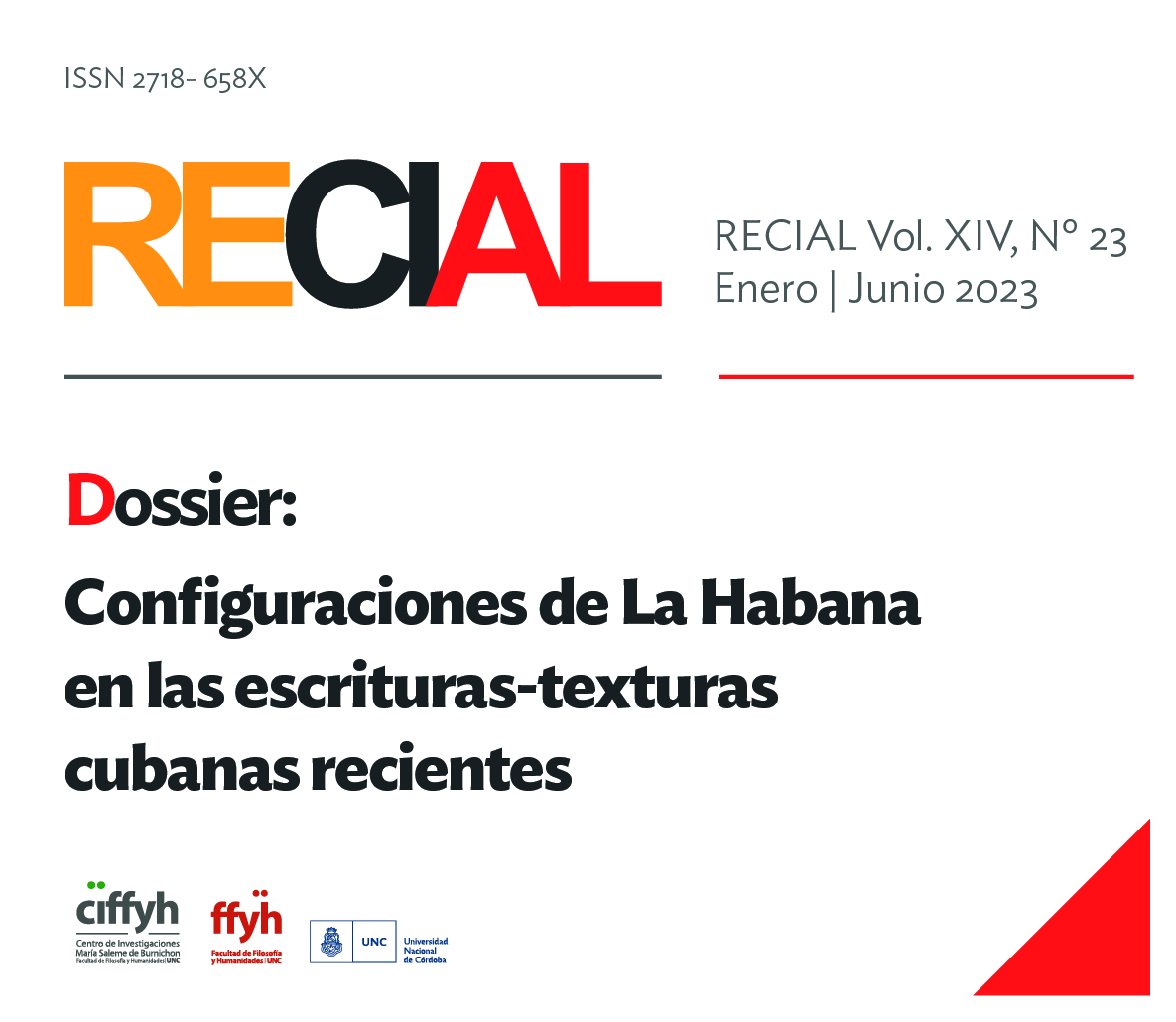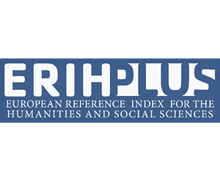Medieval woman, miracle and magic in two stories of the h-I-13 manuscript
DOI:
https://doi.org/10.53971/2718.658x.v14.n23.41227Keywords:
hagiographic-romance, miracle, magic, woman, pre-ChristianAbstract
The manuscript h-I-13, of San Lorenzo de El Escorial Library, has drawn attention because of its nine stories which the critics had tended to relate between. The codex, whose stories could have been translated from French at the beginning of the 14th century, is considered an anthology because, in every story, a religious content is presented, making a unitary topic series of it. In the present work, two of those stories will be analyzed: “Aquí comiença el cuento muy fermoso del enperador Otas de Roma e de la infante Florencia su fija e del buen cavallero Esmero” and “Aquí comiença un muy fermoso cuento de una santa enperatrís que ovo en Roma e de su castidat”. The pressence of topics corresponding to hagiography and romace create a generic duplicity, and, therefore, they can be considered hagiographic romances. The work aims to analyze magic pre-Christian elements, belonging to romance and, on the other hand, the miracle, which corresponds to hagiography. Also, a comparison between the stories protagonists is established, as Florencia de Roma and the empress are struggling in this specific tension, between miracle and magic.
Downloads
References
Alcatena, M. E. (2017). Revista Melibea, Vol. 11, 73-88.
Barrenechea, A. M. (1972). Revista Iberoamericana, XXXVIII (N° 80), 391-403.
Bynum, C. W, (1992). Fragmentation and Redemption: Essays on Gender and the Human Body in Medieval Religion [Fragmentación y redención: ensayos sobre el género y el cuerpo humano en la religión medieval]. New York: Zone Books.
Cullum, P. H. (2021). “Gendering charity in medieval hagiography” [La caridad genérica en la hagiografía medieval]. En S. Salih y S. Riches (Eds.), Gender and Holiness: Men, women and saints in late medieval Europe (pp. 135-152). New York: Routledge.
Frazer, J. (2009). “Chapter 4: Magic and Religion” [Capítulo 4: Magia y religión]. En Frazer, The Golden Bough (pp. 43-52). Nueva Zelanda: The Floating Press.
Le Goff, J. (1994). “Lo maravilloso en el Occidente medieval”. En J. Le Goff, Lo maravilloso y lo cotidiano en el Occidente medieval, Barcelona: Gedisa.
Lewis, C. S., (1964). “The Longaevi” [“Los Longaevi”]. En C. S. Lewis, The Discarded Image: An Introduction to Medieval and Renaissance Literature. Cambridge: Cambridge University Press.
Lozano-Renieblas, I. (julio, 1998). El encuentro entre aventura y hagiografía en la Edad Media. Trabajo presentado en XIII Congreso de la Asociación Internacional de Hispanistas, Madrid.
Martínez, A. (2021). Eikón/Imago, 11, 261-272.
Riches, S. y Salih, S. (Eds.). (2021), Gender and Holiness: Men, Women and Saints in late medieval Europe [Género y santidad: hombres, mujeres y santos en la Europa tardomedieval]. New York: Routledge.
Rico, F. (1997). Romance Philology, 41, 151-169.
Saunders, C. (2021). Magic and the Supernatural in Medieval English Romance [La magia y lo sobrenatural en el romance inglés medieval]. Suffolk: Woodbridge.
Todorov, T. (1980). Introducción a la literatura fantástica. México: La Red de Jonás Premia Editora.
Vidalín, A. (2016). “Some thoughts on the Supernatural, the Fantastic and the Paranormal in Medieval and Modern literature” [“Algunas reflexiones sobre lo sobrenatural, lo fantástico y lo paranormal en la literature medieval y moderna”]. En T. Kuusela y G. Maiello (Eds.), Folk belief and Traditions of the Supernatural, Copenhague: Beewolf Press, 7-26.
Ward, B. (1987). Miracles and the Medieval Mind: Theory, record and event 1000-1215 Middle Ages [Los Milagros y la mente medieval: Teoría, testimonio y eventos de los años 1000-1215 de la Edad Media]. Pennsylvania: University of Pennsyilvania Press.
Weinstein, D. y Bell, H. (1982). Saints and Society [Santos y sociedad]. Chicago: University of Chicago Press.
Zubillaga, C. (Ed.). (2008). Antología castellana de relatos medievales (Ms. Esc. h-I-13). Buenos Aires: Secrit.
Zubillaga, C. (2008). “Otas de Roma”. En C. Zubillaga, Antología castellana de relatos medievales, (pp. 128-140).
-----------------. (2008). “Una santa enperatrís”. En C. Zubillaga, Antología castellana de relatos medievales (Ms. Esc. h-I-13), (pp. 140-153).
Downloads
Published
Issue
Section
License

This work is licensed under a Creative Commons Attribution-NonCommercial-ShareAlike 4.0 International License.
Aquellos/as autores/as que tengan publicaciones en esta revista, aceptan los términos siguientes:
- Los/as autores/as conservarán sus derechos de autor y garantizarán a la revista el derecho de primera publicación de su obra, el cuál estará simultáneamente sujeto a la Licencia de reconocimiento de Creative Commons que permite a terceros compartir la obra siempre que se indique su autor y su primera publicación esta revista.
- Los/as autores/as podrán adoptar otros acuerdos de licencia no exclusiva de distribución de la versión de la obra publicada (p. ej.: depositarla en un archivo telemático institucional o publicarla en un volumen monográfico) siempre que se indique la publicación inicial en esta revista.
- Se permite y recomienda a los/as autores/as difundir su obra a través de Internet (p. ej.: en archivos telemáticos institucionales o en su página web), luego de su publicación en la revista. (Véase El efecto del acceso abierto).























